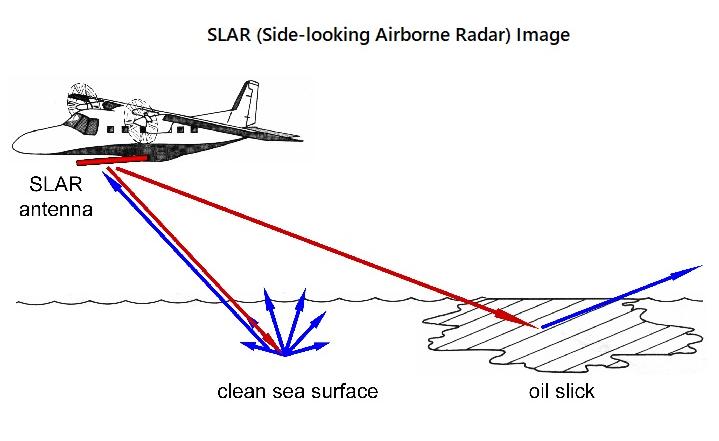Updated By: LatestGKGS Desk
SLAR Images role in GIS Features, Technical Specifications, Advantages

Side-looking Airborne Radar (SLAR) images for Geographical Information Systems (GIS) Features, Technical Specifications, Advantages
Side-looking airborne radar (SLAR) images are acquired by sending a beam of radar energy to the ground at an angle perpendicular to the aircraft's flight path. Side-looking airborne radar (SLAR) is an aircraft- or satellite-mounted imagining radar pointing perpendicular to the direction of flight (hence side-looking).
Unlike visible and near-infrared wavelengths, radar energy (at the correct wavelength) can penetrate most clouds, making it an especially useful tool in a persistent cloudy weather.
With SLAR the terrain is illuminated at an oblique angle to enhance subtle geologic structures such as folds and faults. Light and dark areas on the image are caused by high and low radar reflectivity, respectively.
The size of objects discerned from SLAR depends upon the radar return, so the azimuth resolution of 10-15 meters is not necessarily a limiting factor.
The SLAR image of Puerto Rico was captured at a flight altitude of 8,230 meters above mean sea level, on 46 km-wide strips flown along 20 km flight lines.
Sections from the eleven image strips were mosaiked and photogrammetrically controlled to USGS 1:250,00-scale Universal Transverse Mercator (UTM) topographic maps.


